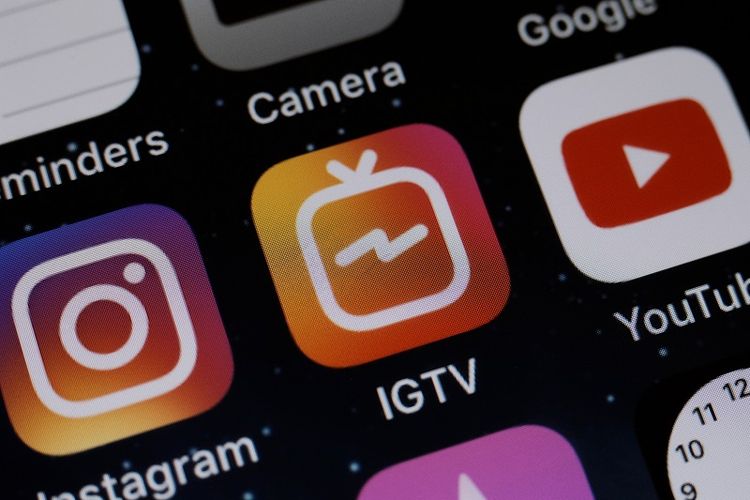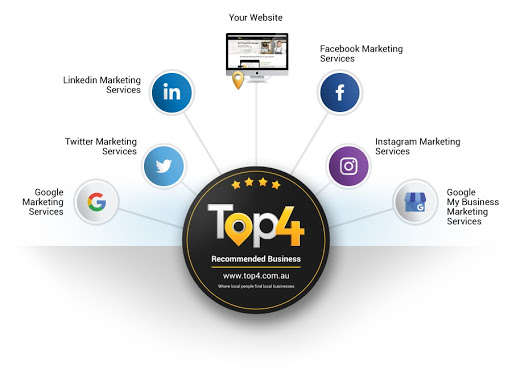Want to be known as the expert in your field? Wondering how video on Instagram and YouTube can help?
To explore how to build rapport with any audience using YouTube and Instagram Stories, I interview Amanda Horvath on the Social Media Marketing Podcast.
Amanda is a video marketing strategist who helps people become thought leaders in their space. She has a background in documentary filmmaking, and her course is called The DIY Video Roadmap.
Amanda shares tips to help you make videos people want to watch, explains how best to demonstrate your expertise, and more.
Working With Tim Ferriss
Amanda studied film and worked in L.A. before returning to her hometown of Austin, Texas. Before long, a series of fortuitous events connected her to Tim Ferriss, influential author of The 4-Hour Workweek. Tim hired her to create promotional videos for his book, Tribe of Mentors.
Tim’s freewheeling, in-the-moment approach to video was different from the more structured techniques Amanda had learned in film school. Luckily, Amanda had worked with a variety of businesses as a student and was able to embrace Tim’s more relaxed style for the varied array of promotional videos they created in their batched shoots.
In particular, the relative newness of online video platforms such as YouTube, rapid pace of technological advancement, and greater accessibility of higher-level video tools left Amanda and Tim free to explore new and different ways of telling stories with video.
The experience also provided Amanda with the opportunity to establish herself from scratch in an online space where best practices had yet to be determined and experimentation was key.
Starting Her Own YouTube Channel
Amanda started her own YouTube channel because she realized that while a lot of people were creating videos, many weren’t sure how to use them strategically. People would hire her to create videos, then never edit or use them. If they did post the videos, sometimes they weren’t investing in a strategy to get views, much less actual business results.
The very first video she created for her YouTube channel, How to Write a Promotional Video Script, ranked on the first page of Google, and it still brings Amanda traffic and clients today.
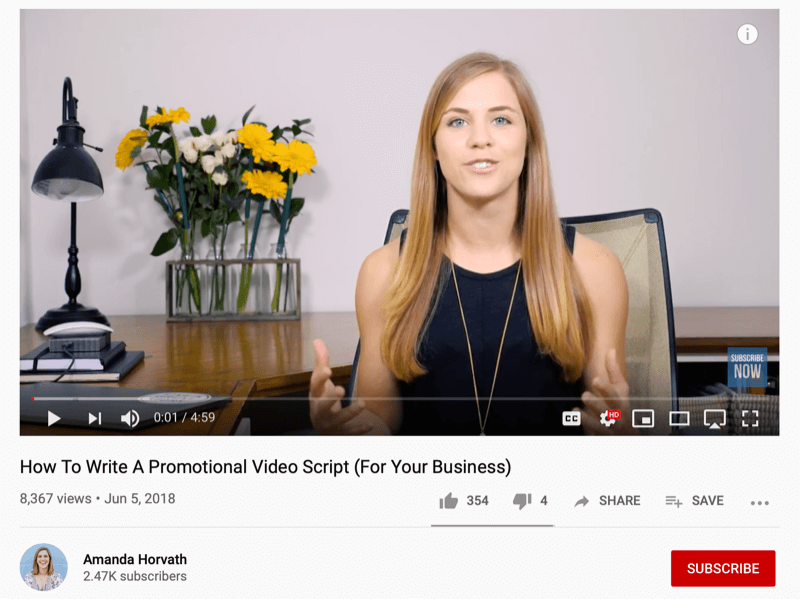
Amanda began testing different approaches to creating and marketing her videos and shared what she learned with her audience. She studied experts, including Sunny Lenarduzzi’s YouTube for Bosses program, to learn elements such as scripting and graphic style. She has since developed her own system—which she shares in her upcoming eCourse, The DIY Video Roadmap—so other people can get their messages out more efficiently.
How YouTube Video Helped Amanda Grow Her Business
At first, Amanda had a hard time convincing prospective clients of her expertise. They often assumed that she was young and lacked business experience, and would ignore her suggestions. She decided to create videos based on questions and objections that frequently came up in her work, educating prospective clients while establishing her own credibility.
She also took the opportunity to confront the struggles that many of her fellow video creators were having but weren’t discussing publicly. Answering frequently asked questions such as, “How much do videographers cost?”, “How do I write a promotional script?”, and “How do I hire a videographer?” was an accessible way for Amanda to showcase sorely needed knowledge and establish herself as an expert.
To get started, Amanda recommends asking yourself, “What knowledge would make my clients easier to work with?” This has brought Amanda better-informed customers who possess a fuller understanding of what they’re asking for. This allows Amanda to quote jobs more accurately, saving time and frustration for all involved.
It was a matter of weeks before Amanda noticed a shift in the way people viewed her authority. Rather than hiring her and then refusing to take her informed recommendations, people started actively seeking her guidance. This added another dimension to her sense of purpose: inspiring other people to take control of their professional images by using video to establish their expertise.
Amanda’s reputation as a trusted resource has led not only to direct business but also to referrals as her videos circulated and people began to tag her in requests on social media. Amanda especially recommends that service-based businesses with local markets create and promote videos to keep themselves top of mind when people are seeking referrals.
Filmmaking Tips
Visual Consistency
The first thing Amanda recommends when launching a video channel is to create a consistent visual package for videos including brand colors, graphics, and transitions. Amanda also likes to use a MOGRT (motion graphic template), which is a simple-to-use, drag-and-drop template in Adobe Premiere. This consistency creates a strong sense of branding and the impression of higher production value.
Amanda recommends browsing different sites—she prefers Motion Array and Videohive.net—to see what appeals to you. Then outsource the creation of your graphics package to a freelancer on a site like Fiverr or Upwork.
Opening
Consistent video structure is crucial. Amanda recommends a “hook” at the beginning, followed by a consistent, evergreen one-liner that establishes who you are, what you do, and why people should listen to you.
Editing
The main metric that YouTube tracks is watch time so videos don’t have to be short, but they still shouldn’t be cluttered with unnecessary content. After recording a video, Amanda aims to cut as much as possible to omit redundancies and keep things moving.
It’s also important to cut out little gaps such as verbal fillers, visual tics, and breaths. These edits can slim a video down to nearly half of its original length. “People can listen a lot faster than we can talk, so we want to try to cut out as much as possible to really make it bam, bam, bam,” says Amanda.
Keeping Them Engaged
To maintain viewer attention, simply cutting out verbal fluff isn’t enough—you also need to keep them visually stimulated. Amanda recommends having something happening on-screen every 5-10 seconds.
The simplest way to do this is to alternate periodically between cropped and wider shots, which can also help smooth over edits. Visual transitions can also help keep the scene engaging. Amanda has detected a noticeable difference in her video metrics when she puts in the extra production work.
Ending the Video
Citing YouTube’s all-important Total Viewing metric, Amanda recommends ending videos as abruptly as possible. Any sort of cue that the video is about to end—long wrap-ups, summaries, promotions—can result in users dropping off.
What you want, says Amanda, is to leave them wanting more and then immediately give them a way to obtain that in the form of your next video. YouTube’s algorithm also loves this since their objective is to keep people on the platform.
“Drop a comment below, and I’ll see you in the next video,” is the longest send-off Amanda recommends. Any supplementary material, lead magnets, or promotions can be communicated via an end card (which can be changed), by referring viewers to your show notes, or even by pinning a comment, which is Amanda’s preferred method.

Pinned comments are a YouTube-recommended best practice, which will result in your videos getting ranked higher by the algorithm.
Drawing Traffic to YouTube From Other Platforms
While YouTube remains Amanda’s main strategic hub, she also wanted to drive traffic from Facebook, Instagram, and LinkedIn to her YouTube and Twitter channels. She posted about her YouTube videos on those other platforms, reasoning that regardless of whether people actually watched her video content, they would still notice her consistency of output and topics of expertise.
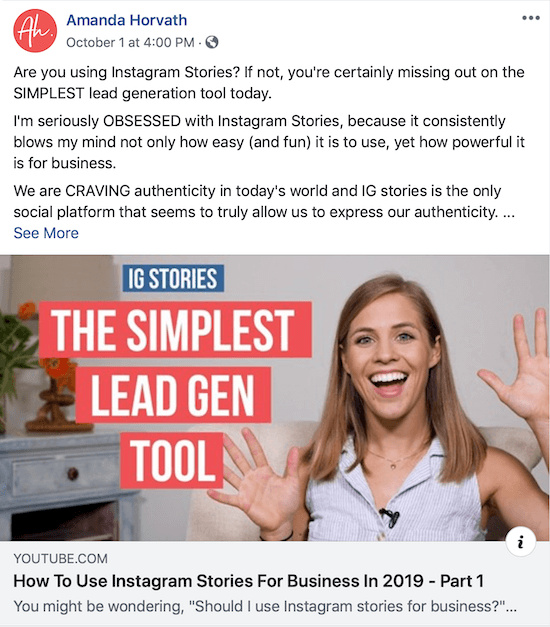
People don’t always think to link to YouTube on Facebook from their personal profiles but that’s failing to mobilize what could be a sizeable existing audience. At Social Media Examiner, we’ve noticed that links to YouTube on Facebook now populate what’s called the “Open Graph,” providing a large preview image instead of a plain link, which is another great opportunity to gain attention for your videos.
YouTube is still a fairly new environment and very few people are using it as their primary social media platform. Promoting your videos on Facebook and Instagram is important because if you’re just posting on YouTube, you’re missing out on a huge part of your online demographic. The YouTube algorithm also means that even subscribers may not see every video you post so it’s important to share it wherever you can.
Instagram Video
About 6 months ago, Amanda committed herself to developing a stronger Instagram presence. She saw the increasing dominance of Stories over feed posts as an opportunity. Stories are so new that very few people are doing them well; thus, there’s a fair chance to become a leader in the format.
But what makes a good Instagram story? Amanda says not to worry about being “uninteresting” and she encourages playing with the format. Behind-the-scenes peeks at your morning routine, daily dog walk, or other mundane details can be more interesting to others than you’d think, leading to questions, conversations, and engagement.
Not comfortable sharing your personal life on Instagram Stories? Share a view of your office, your video studio setup, or even shoot a quick story with one of your clients.
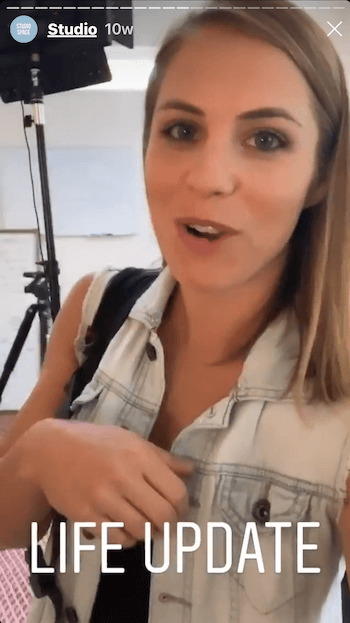
“When you share authentically, people start to connect with who you are. When they connect with who you are, then they really want to work with you,” Amanda explains.
Amanda also points out the benefits of Stories Highlights, which can showcase your services, testimonials, and frequently asked questions. The immediacy and privacy of the direct conversations that follow can often mean a shortened journey to closing a sale.
While many YouTubers repost their videos to the longer-form IGTV tab, Amanda has opted against this strategy on her own channel, preferring to drive traffic to YouTube for her content-rich videos.
Looking to build customer loyalty through social media? Don’t forget to add your business to Top4 Marketing
List your business, create your own digital store to sell goods and services, and share posts on social media. Promote your business on Google instantly! Should you need help with local digital marketing then view our new Google Marketing Platform and services Top4 Marketing
Get Found On Google Promote Your Website, Reach local customers today!
Our Digital Marketing Agency Services Across All Industries Include Search Engine Optimisation (SEO), Google Marketing, Website Design, Corporate Web Development, and local location-based marketing using our own Google Marketing Platform!
Engage A Social Media Agency For Only 1/3 The Cost Of Employing A Social Media Manager…LET’S TALK!
Source: Social Media Examiner

